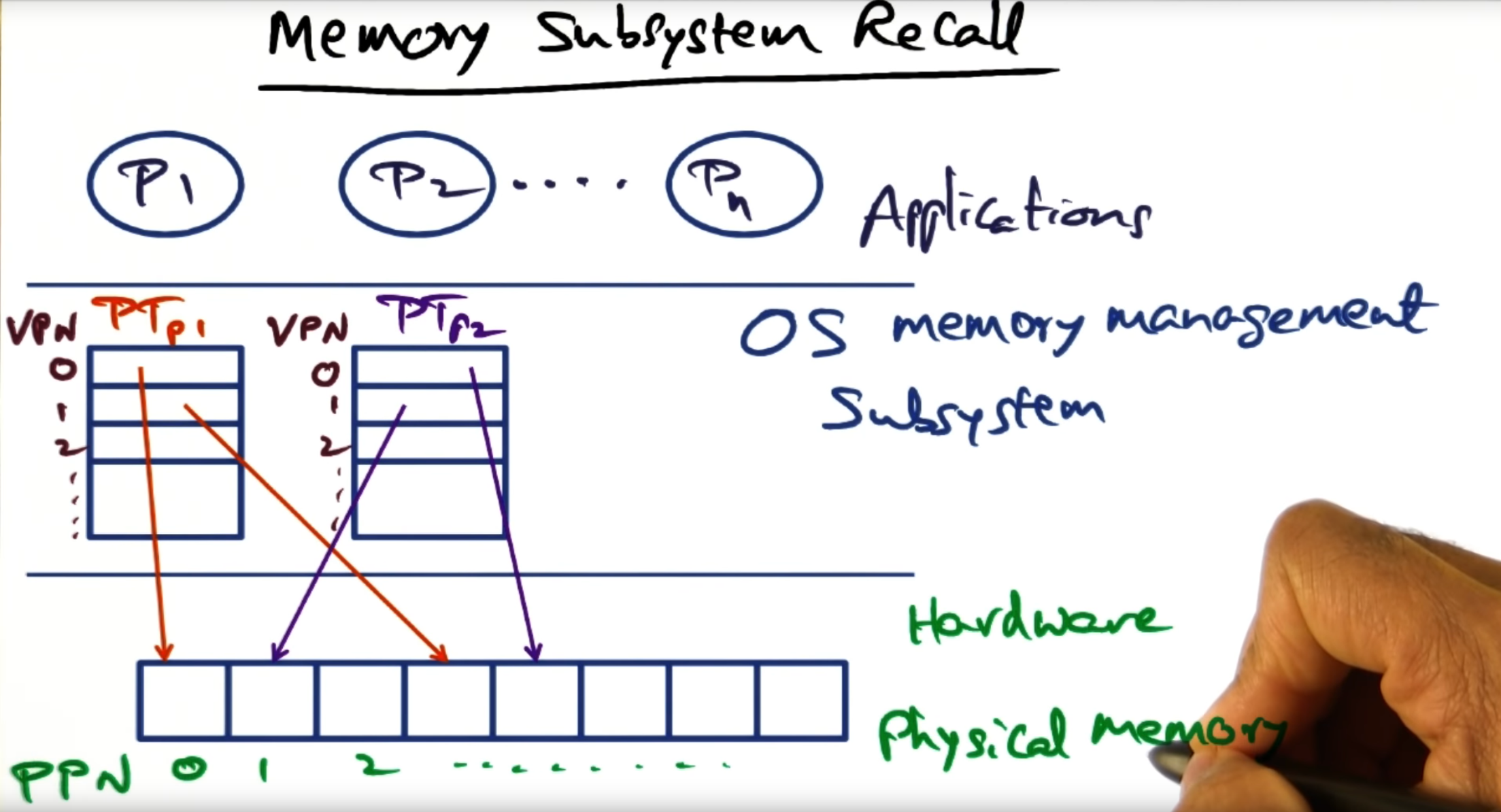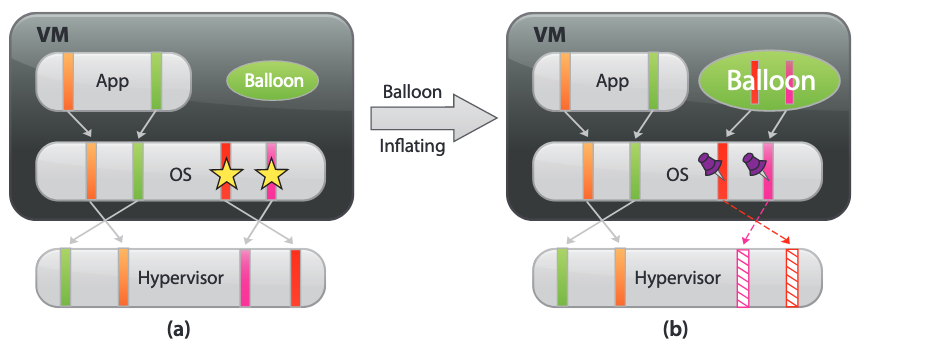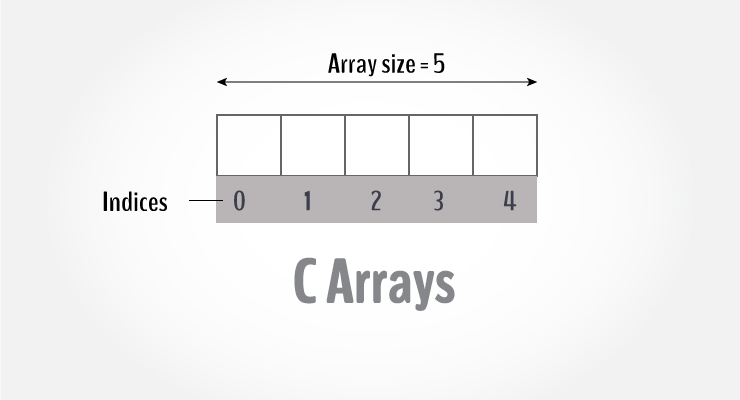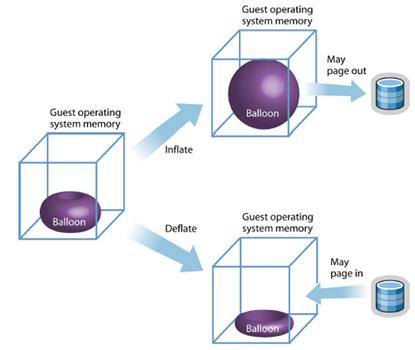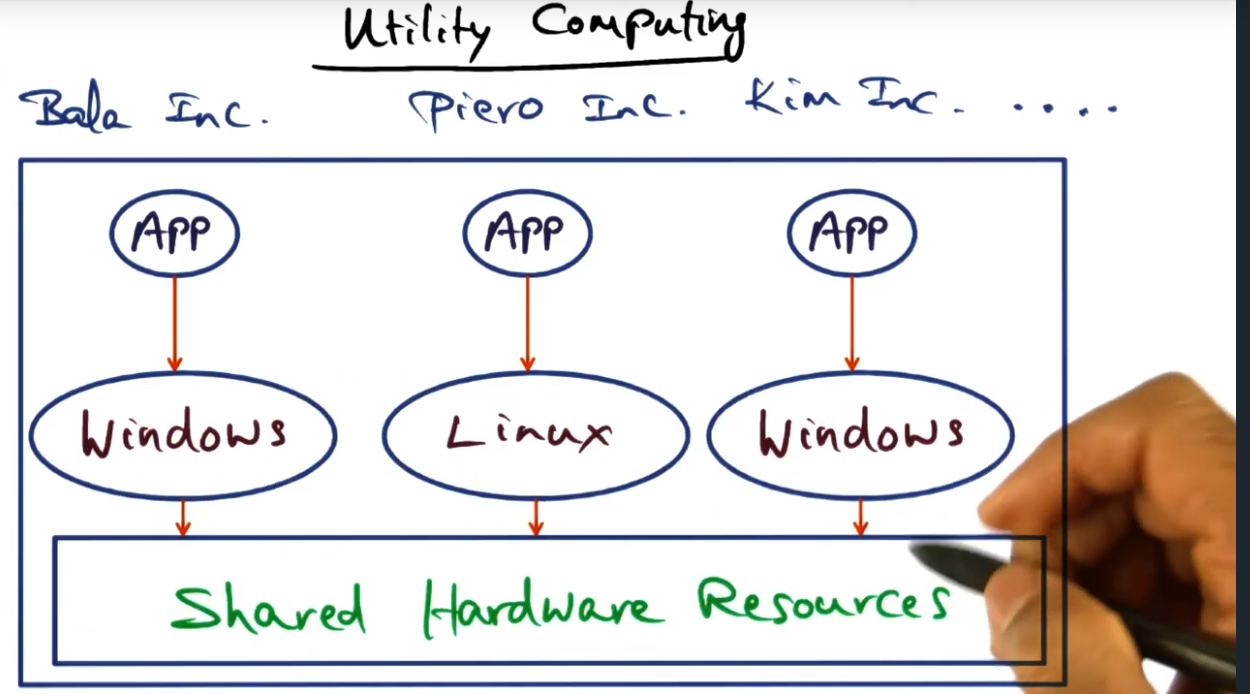Blog
-
We often talk about work life balance, separating the two major parts of our lives. On some level, I agree with the philosophy, believe that work is work and life is life. But at least for me, what happens at work bleeds into my personal life, and vice versa. When I have a shitty day…

-
After freeing a spider into the front yard, I noticed that the coffee mug (in which I trapped the spider in) was decorated with a beautiful web that the spider must’ve spun overnight. Almost every other day, I spot a spider dancing across the white walls of my bedroom. Instead of squishing them to death…

-
The most interesting side effect of writing these daily reviews is that they stir up meaningful conversations with my wife. Apparently, much of what words I set on paper never make their way out of my mouth (despite thinking that I did verbally share them). Surely this situation of my brain tricking me into thinking…

-
During some down time this evening, I watched the below YouTube video clip filmed and produced by Veritasium and I absolutely loved hearing about his journey, especially about how becoming a father has fundamentally changed the way he views his time. Because I’m in a similar boat: My life looks nothing like it did a…

-
Yesterday Writing Blogged and published an entry describing my naive scheduler for project 1 Emotions I disassociated and my mind wandered into its “own world” after my wife Jess asked me to watch Elliott later that afternoon. I think part of the reason why I got so worked up had less to do with her…

